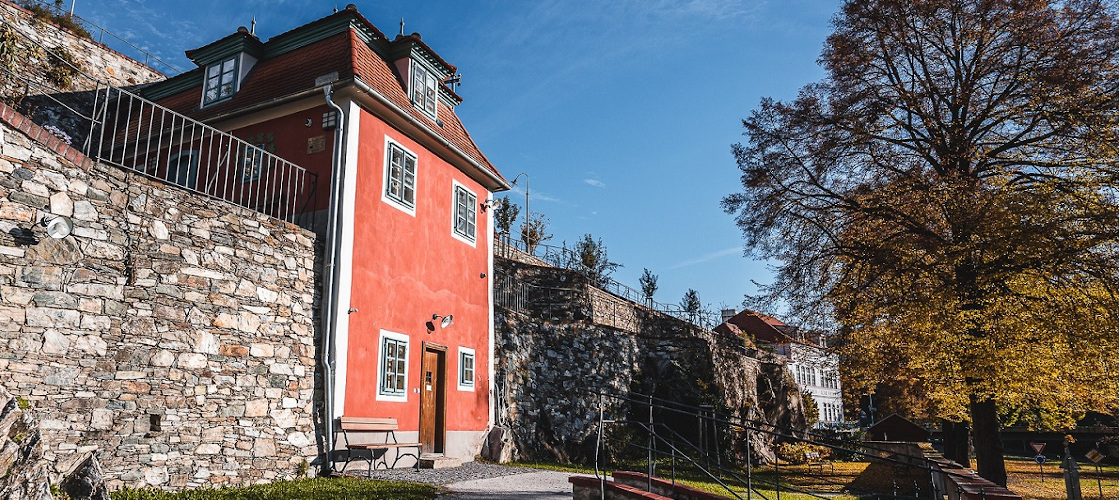An integral and the most extensive part of the castle grounds, the Baroque garden was founded in the 17th century. It lies on a hill, on a plot in the shape of an elongated rectangle measuring approximately 150 x 750 metres. The total area is 10,875 hectares. The whole area of the castle garden is surrounded by a fence wall.
Parts of the garden
- The terrace of the so-called summer riding school – a rectangular space lined with mature linden trees, in the past used as a training ground for horseback riding, adjacent to it is the building of the riding school.
- Terrace of the so-called lower parterre – a large roughly square area with a hint of renovated Rococo elements, in the upper part there is a Rococo cascade fountain
- Terrace of the so-called upper garden – an approx. 500-metre long and 150-metre wide area with now mostly free landscaping. Here you will find a square castle pond in the back and the buildings of the Bellarie Summer Palace (in front of it there is a revolving auditorium) and the Music Pavilion.
Nearby attractions: Magical Herbs Garden, Little Castle of Ptačí hrádek, Walking route Castle garden – Ptačí hrádek – Dubík




